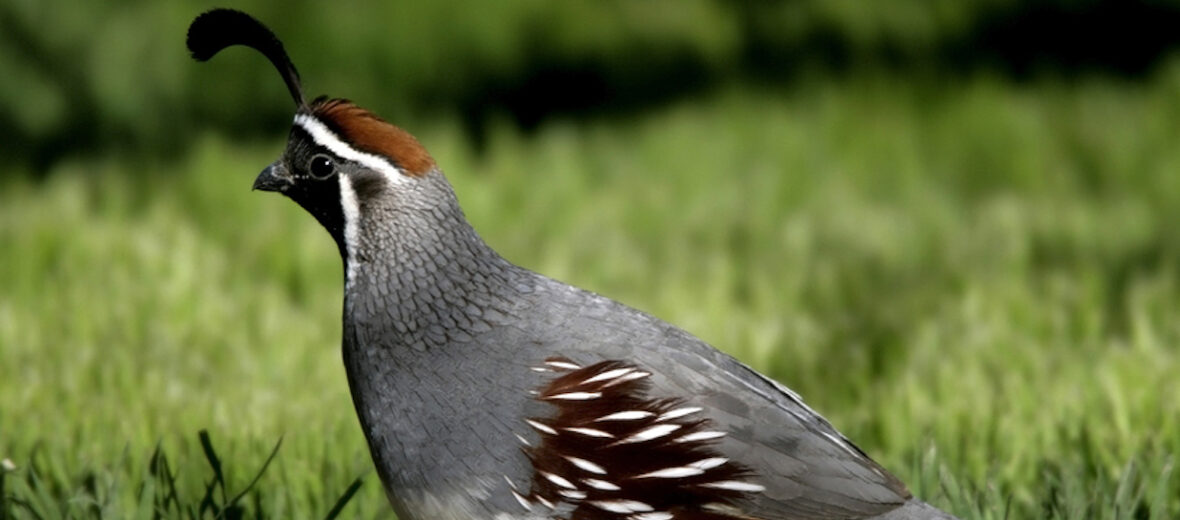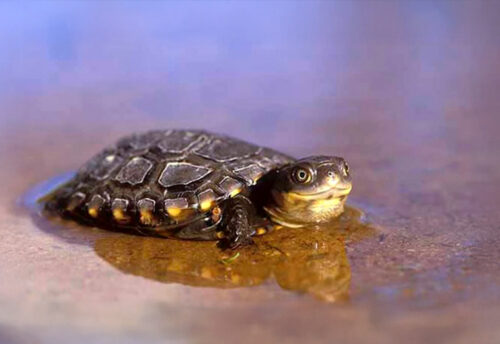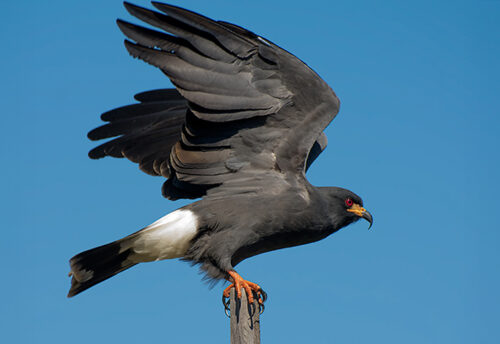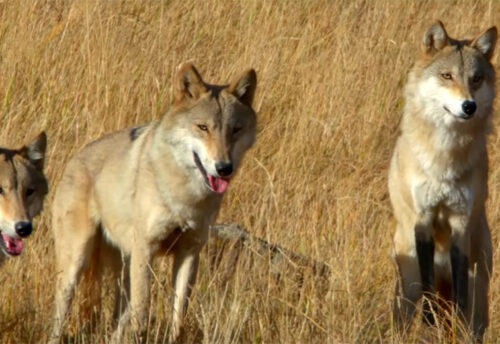
The Gambel’s quail is a pear shaped stout little bird found in the southwestern U.S., mainly in Arizona. Their range extends from Mexico, west to California, east to parts of Texas, and also a small portion of southern Colorado, Utah, & Nevada. They primarily live in warm deserts with thorny & brushy-filled vegetation. These are one of my favorite local (non-predatory) birds, due in part to their little feathery dongle they’ve got on the top of their heads and their calls.
First the Stats…
Scientific name: Callipepla gambelii
Weight: Up to 6.5 ounces
Length: Up to 11 inches
Wingspan: Up to 16 inches
Lifespan: Up to 4 years
Now on to the Facts!
1.) They eat seeds of grasses, forbs, trees, shrubs, and cacti as well as herbaceous matter, fruits, and berries.
2.) A group of quails has many names: battery, rout, drift, flush, and a shake of quails.
3.) Bobcats, cotton rats, Cooper’s and Harris’ hawks, king snakes, and coachwhip snakes are their largest predators. Plus humans hunting them.
4.) These birds are a non-migratory species that are not often seen flying. Any flight is usually a short burst, with numerous fast wingbeats followed by a slow and steady glide back to the ground.
5.) Mating begins in March and the female selects the nest site, located on or near the ground.
But wait, there’s more on Gambel’s quail!
6.) The female lays between 10 – 12 white to buff colored eggs that hatch 3 weeks after laying.
7.) Even though the Gambel’s quail is suited to living in a dry, desert environment, it reproduces most successfully in years with heavier rainfall.
Did you know…?
These birds were also introduced to a few Hawaiian islands. They live peacefully there and aren’t considered an invasive species.
8.) The chicks all hatch on the same day and are precocial (hatched or born in an advanced state and able to feed themselves almost immediately) and down-covered.
Now a Short Gambel’s Quail Video!
Also, check out the Critter Science YouTube channel. Videos added frequently!
Want to suggest a critter for me to write about? Let me know here.



